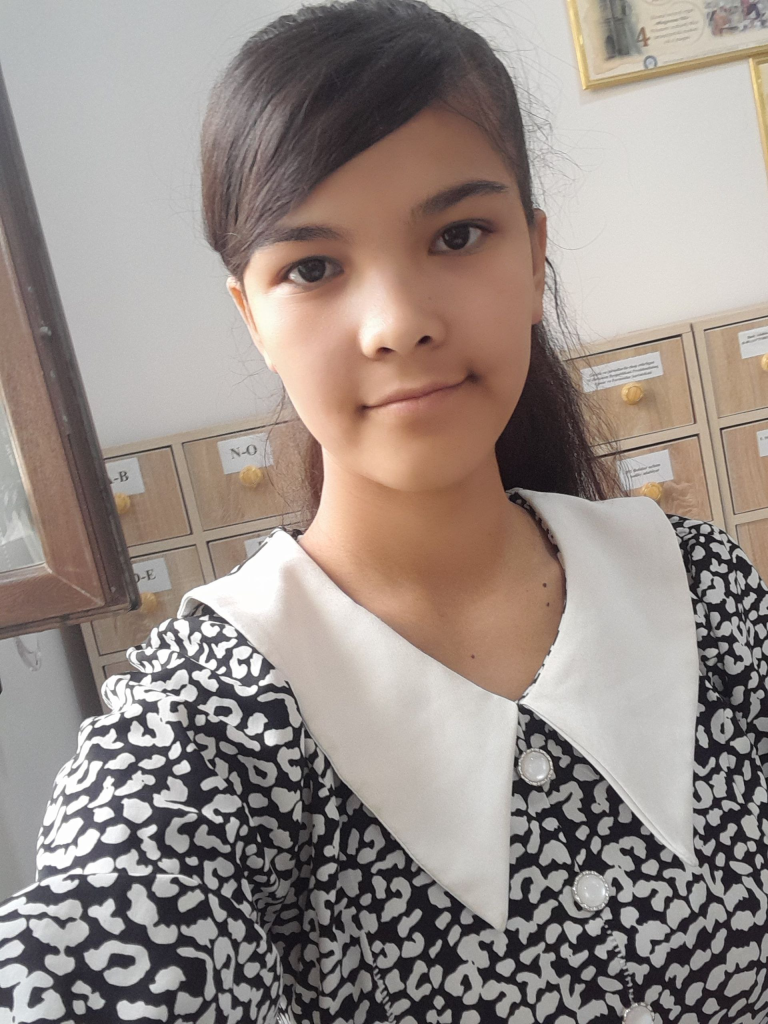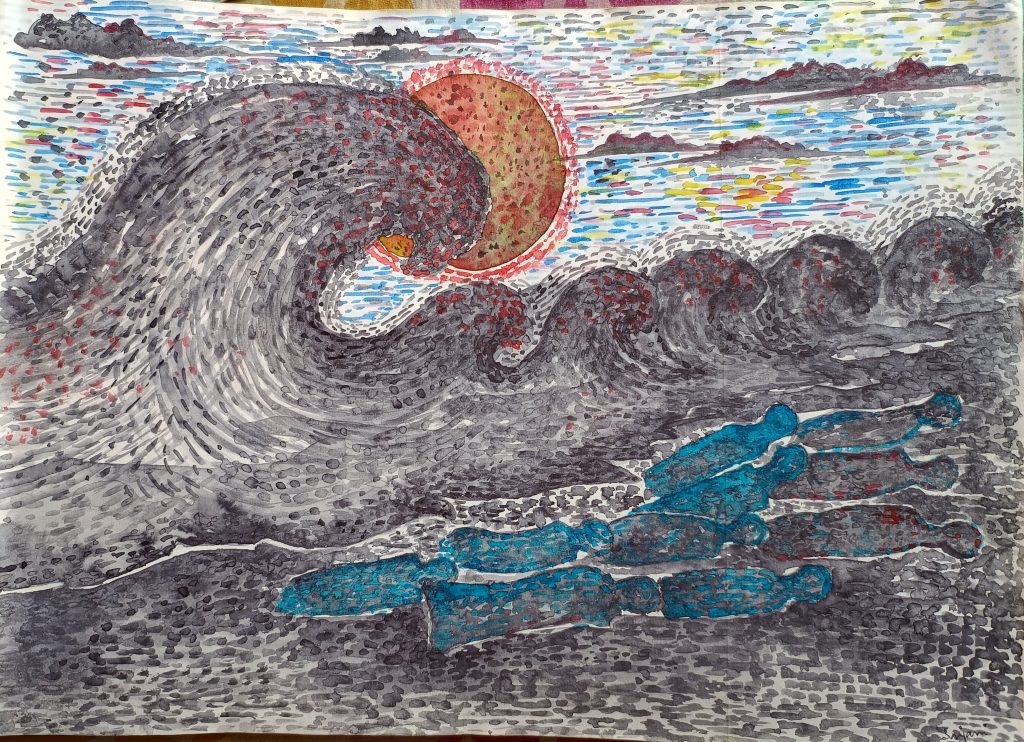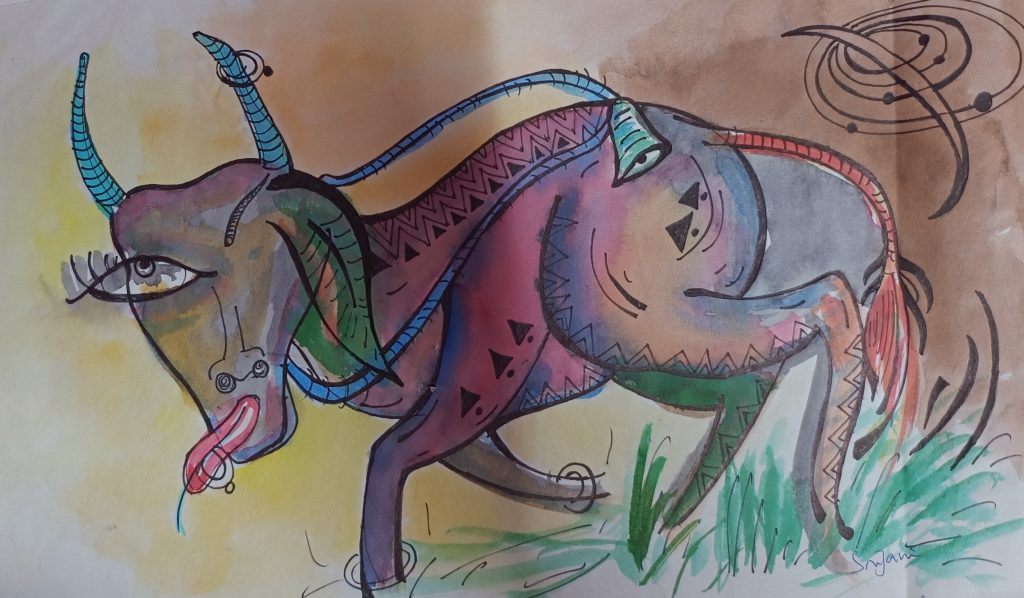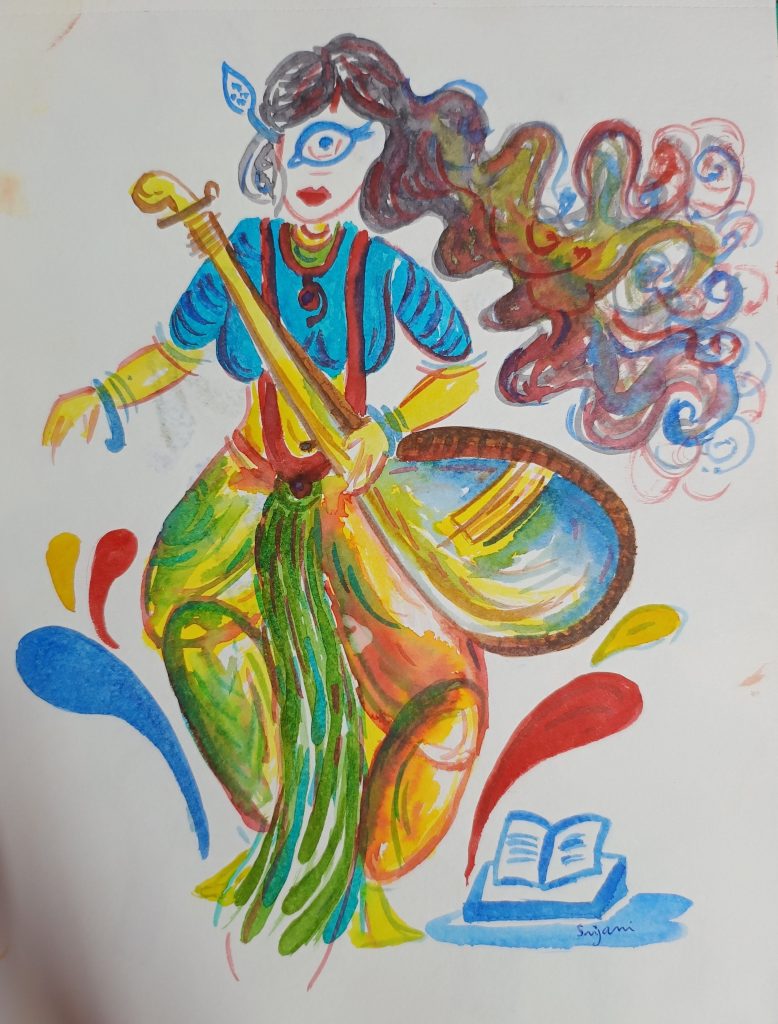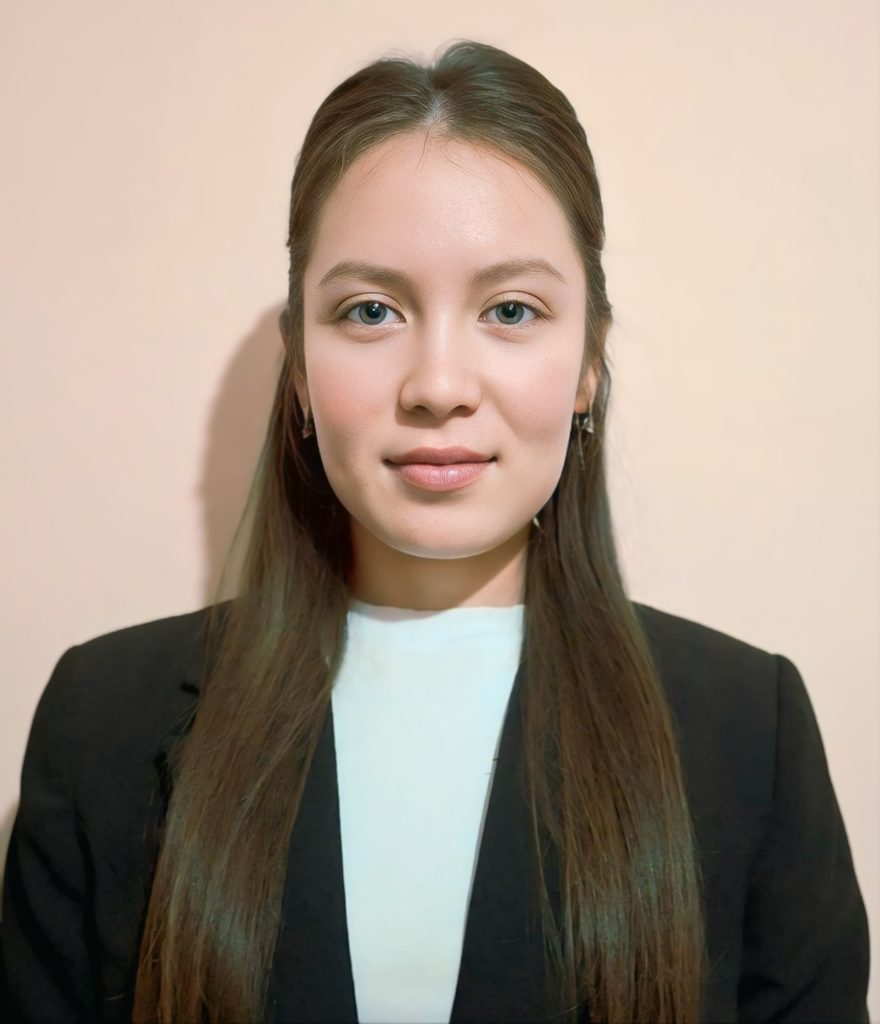
Teaching Methods in Modern English Language Education
Abstract: This article discusses the importance of effective teaching methods in modern English language education. It focuses on how innovative approaches can enhance students’ learning experience, motivation, and language competence. The paper also explores traditional and modern teaching techniques, comparing their impact on learners’ engagement and outcomes.
Key words: education, language, method, traditional, modern, learner.
In the modern educational environment, English language teaching has undergone significant transformation. Teachers today are expected not only to provide linguistic knowledge but also to develop students’ communicative competence, critical thinking, and intercultural awareness. To achieve these goals, various teaching methods have been introduced and developed to meet the diverse needs of learners. Traditional methods such as the Grammar-Translation Method and the Direct Method have played a vital role in the history of language teaching. The Grammar-Translation Method emphasizes grammatical rules and vocabulary through translation exercises, which can help learners understand language structure. However, it often lacks opportunities for speaking practice. The Direct Method, on the other hand, promotes communication through the use of the target language only, encouraging learners to think in English and develop fluency.
With technological advancements and changing educational needs, modern methods such as Communicative Language Teaching (CLT), Task-Based Learning (TBL), and the Audio-Lingual Method have become increasingly popular. CLT emphasizes meaningful communication and real-life contexts, while TBL focuses on completing tasks that require language use, promoting active learning. The Audio-Lingual Method, based on repetition and drills, helps learners internalize language patterns through listening and speaking practice. In addition, the integration of digital tools has revolutionized teaching methods. The use of multimedia, online platforms, and virtual classrooms creates a more interactive and engaging learning environment. Teachers can incorporate videos, games, and mobile applications to make lessons more dynamic and accessible. Digital technologies also support self-directed learning, allowing students to practice language skills at their own pace.
Another essential approach is the use of differentiated instruction, where teachers adapt their teaching styles to meet the needs of individual learners. This method recognizes that students have different learning preferences, abilities, and interests. By varying activities, materials, and assessments, teachers can ensure that all learners progress effectively. Furthermore, learner-centered approaches such as project-based learning and cooperative learning encourage students to take an active role in their education. These methods promote collaboration, creativity, and problem-solving—skills that are crucial for success in the 21st century. Teachers act as facilitators, guiding learners through activities that foster autonomy and confidence in using English.
In conclusion, the effectiveness of English language teaching largely depends on the choice of methods used in the classroom. Combining traditional and modern approaches allows teachers to balance structure and creativity. Innovative teaching methods supported by technology can motivate learners, improve their language competence, and prepare them for global communication. Teachers should continuously update their pedagogical skills and adapt to the evolving educational landscape to ensure successful language learning outcomes.
References:
1. Harmer, J. The Practice of English Language Teaching. Pearson Education,2001.
2. Brown, H. D. Principles of Language Learning and Teaching. PearsonEducation,2007.
3. Richards, J. C., & Rodgers, T. S. Approaches and Methods in Language Teaching. Cambridge University Press, 2014.
4. Nunan, D. Teaching English to Speakers of Other Languages. Routledge, 2015.
5. Larsen-Freeman, D. Techniques and Principles in Language Teaching. Oxford University Press, 2000.
Dilafruz Karimova was born in Gurlen district, Khorezm region, Republic of Uzbekistan. She is currently a fourth-year student at Chirchik State Pedagogical University and she works as an English teacher at Secondary school No.34. She can speak Uzbek, English and Russian languages. She is holder of international certificates, participant in international anthologies and conferences.

